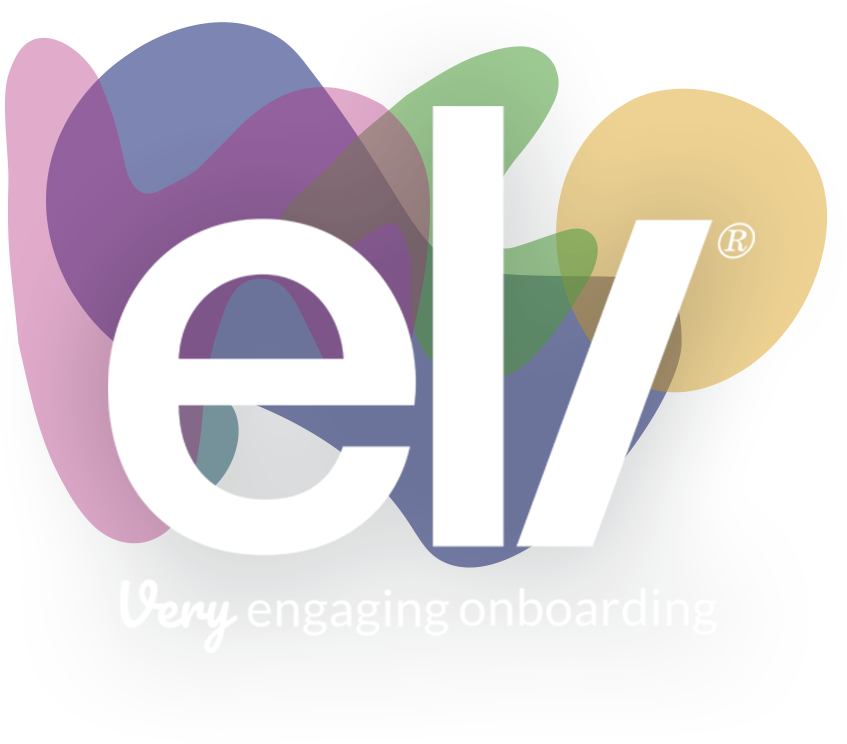Creating an onboarding experience that delivers a real sense of belonging
 18/04/2023
18/04/2023
In an increasingly candidate-driven market, people-centered onboarding is becoming more and more important.
Here at Eli, the very engaging onboarding platform, we brought together an expert panel to discuss why it’s so vital – and how it can be achieved.
Design with the user in mind – to create a feeling, not just a process
Any experience, if designed without empathy for the user, will ultimately fail. And onboarding is no different. It’s all about creating a sense of belonging.
Simon Katchay the Business Director for engage|ats at Havas People agrees with this idea. “Onboarding’s not about the process, it’s about the feeling. It’s the way you feel inside about the organisation. Do all the different touchpoints and channels that you encounter through your onboarding experience make you feel wanted and included in the organisation? Do they make you feel excited for this new opportunity?”
Make the most of technology
“Secondly, technology is interactive – allowing the employer to get to know you, as well as you getting to know them. If your employer can understand your goals, your strengths, your concerns, how you like to work, this can go a long way to improving the way you are managed, and how well you’re able to do your job once you start.”
“Having a good onboarding platform with all the information you need in one place is key,” adds Betsy Emilda Babu, an onboarding specialist. “When I was working with Emirates, a new flight crew might have up to 90 days before starting, so an onboarding portal was essential. People are mostly still working so they don’t have lots of time or flexibility to do the tasks we want them to do, and a portal means everything is in one place for them. There are FAQs, a plan of what your onboarding journey will look like, how long it will take, what your start date is, and how your week will look. It even provides a space to contact your line manager, onboarding team and buddy, so new joiners can feel comfortable when they start on day one.”
Create flexible onboarding that connects with different cohorts
“The way of the world is changing,” says Vanessa Soames, Early Talent Director at Cognizant. “In a significant proportion of hiring, people won’t be that connected to the new organisation they’re joining – perhaps because they’re in a retail situation, or in a client-based role for a professional services company, where they then feel more affiliated to the client brand. Now, of course, with hybrid or remote work the norm, many people are also sitting at home working. So people’s expectations of virtual onboarding are bigger.
“Before, you could be swayed by going into an amazing shiny office – it all looks sophisticated, you’re maybe given some swag, an office tour, perhaps taken out for a coffee or lunch. Now you’re sitting at home by yourself. It’s easy to feel very alone as you grapple with how to work the IT and new systems and processes. But if you have a good onboarding process – that helps the candidate to gloss over the difficulties of these early days.”
Iain Everett, Head of Recruitment at Royal Mail agrees. “A lot of our workforce is non-connected. They aren’t in an office, or at a laptop. So how do you keep that engagement and connection going with them? I think these are two areas very much on Exec minds at the moment.
“We have large numbers of people in postal roles where there is just a 2-week onboarding process, which traditionally has been taken up primarily with vetting. Now we want to build a tailored onboarding process for that short time. We will be looking at the data on what this group of new hires are viewing on our onboarding platform to try and shape that. A lot of what our posties want to know is around practicalities – when they’re going to get paid, what to expect on day one, what to wear, where to go and so on.
“There’s a completely different onboarding timescale for the 15,000 people we hire each year to deliver Christmas for us. They’re only with us for 12-weeks, but we have a much longer lead time. We start hiring them in September, and we’re trying to keep them, before they disappear off to a competitor. So we did a lot this year with push notifications, and had a lot of fun with it, emphasising the importance of Christmas and their role in it – how they’re part of something bigger.”
Fully leverage the vital pre-boarding phase
“After the recruitment face-to-face contact is gone, it’s important that this sense of connection is replaced in the time between offer and day one,” says Vanessa. “A good onboarding process allows communication and touch points – giving you a myriad of people to meet, and a space for people to ask questions. The first three days in any job, you need a network – and if you don’t know who to ask or where to go to it’s alienating.
“We’re in a war for talent right now. You work hard to get someone – but in the post-offer phase, they’re not yet through the door – and someone can easily give them another offer. But if they’re embedded in the onboarding process and they feel that they’ve created a relationship with you, they’ll feel comfortable asking questions, and they’re much less likely to turn you down.”
Betsy agrees. “If your experience is not good during this time, it’s easier for you to accept counter offers. Decisions on where you work aren’t only about the package you’re getting, they’re also about your experience. If we buy a product, we would also have a user manual with it. If you don’t have it, you will eventually work out how to use the product, but your experience will be really bad, and you may not be happy with it, even if it’s a great product. Onboarding is like that. Being engaged, and understanding what the company is going to offer you, what you can expect and what is expected from you, helps you to commit to a new employer – especially if the move involves big decisions like relocating.”
Measurement and monitoring are vital to avoid nasty surprises – pinpoint what’s working and evolve what isn’t
“Being realistic, not all of the people you offer are going to start with you – that’s not how it works – especially in volume recruitment,’ says Simon. “If you have a way of measuring engagement in the pre-boarding phase (whether your potential candidates are getting involved in activities and completing tasks on your onboarding portal, for example), you can then intervene if people seem disengaged to help keep them on board – or at the very least be aware if people have dropped out of the process. This means that if you do have to go back out to market and recruit, you’re not doing it on day one when your hiring manager is asking ‘Where’s my new starter?’ It also allows you to flag where there may need to be interventions in the onboarding journey for all candidates, helping you to evolve the process.”
“Measuring if what you’re doing is working is very important,” agrees Vanessa. “Measure your renege rate – exactly when it happens in the process, and whether this is going up or down – both in general and at particular stages. In a professional services context, you can measure how soon new starters become billable to clients against certain targets – and when they complete the onboarding and training to be able to do that. When I was involved in Police Now’s graduate onboarding, we used the Eli Onboarding platform to flag if new starters were engaging with and actioning training modules, so we could intervene to support those who weren’t.”
“I think there’s a general realisation that people assets are becoming more and more important,” concludes Simon. “That’s probably why you’re seeing more CPOs at the Exec table. People are now harder to bring into an organisation and retain. When you start looking at your aspirations in terms of retention and engagement and then you look at your level of attrition – particularly at year one – the feedback and data clearly tell the story of how important people-centered onboarding is.”
To discover more about how Eli can help you build an onboarding experience that drives engagement and belonging, you can book a demo online today.







